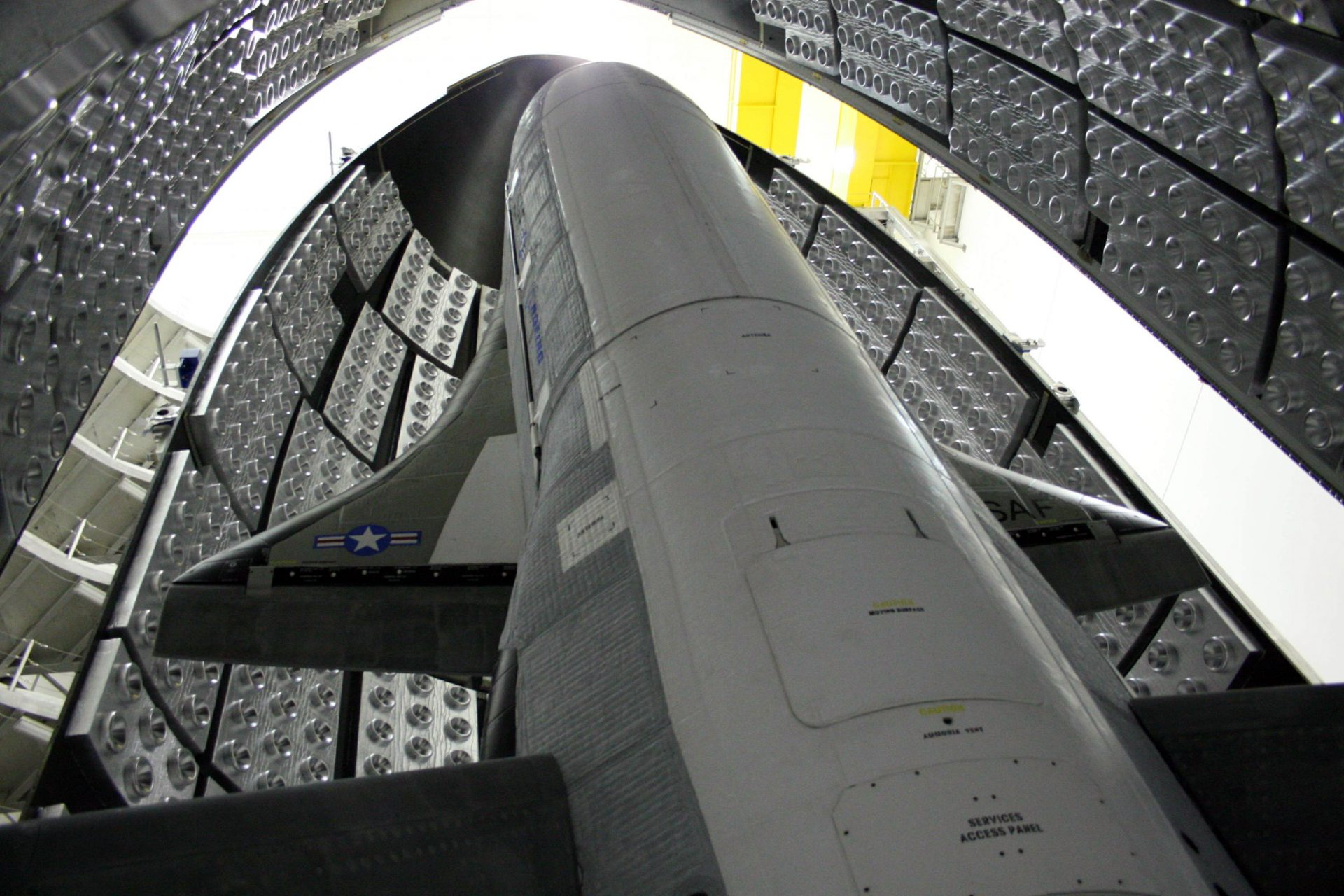Nuclear fusion may be the solution to clean, limitless energy
Scientists have confirmed a major breakthrough has been made that could pave the way for unlimited clean energy in the future after more than half a century of research into nuclear fusion.
The scientists at Lawrence Livermore National Laboratory’s National Ignition Facility made history by successfully producing a nuclear fusion reaction resulting in a net energy gain.
Nuclear fusion is a man-made process that replicates the same energy that powers the sun.
Nuclear fusion happens when two or more atoms are fused into one larger one, a process that generates a massive amount of energy as heat.
Scientists around the world have been studying nuclear fusion for decades, hoping to recreate it with a new source that provides limitless, carbon-free energy without the nuclear waste created by current nuclear reactors.
Fusion projects mainly use the elements deuterium and tritium, both of which are isotopes of hydrogen, the most abundant chemical element in the universe.
The deuterium found in a single glass of water, with a little tritium added, could power a house for a year.
Photo: Kevin Fitzgerald/Unsplash
However, tritium is rarer and more challenging to obtain than deuterium, although it can be synthetically made.
The biggest challenge of harnessing fusion energy is sustaining it long enough so that it can power electric grids and heating systems around the globe.
Though the successful breakthrough is a big deal, it’s still on a far smaller scale than what’s needed to generate enough energy to run one power plant, never mind tens of thousands of power plants.
While there’s many more steps until this can be commercially viable, it’s essential for scientists to show that they can create more energy than they started with, so that they can get the resources needed for it to be developed.
Several fusion projects are ongoing in the US, United Kingdom and Europe.
France is home to the International Thermonuclear Experimental Reactor, on which 35 countries are collaborating, including China, the US, the European Union, Russia, India, Japan and South Korea.
In the US, much of the work is happening at the National Ignition Facility in California, a building that spans the size of three football fields.
Scientists and experts now need to figure out how to produce much more energy from nuclear fusion on a much larger scale.
At the same time, they need to figure out how to eventually reduce the cost of nuclear fusion so that it can be used commercially.
Scientists will also need to harvest the energy produced by fusion and transfer it to the power grid as electricity.
Photo: Matthew Henry/Unsplash
However, according to the scientists involved, it will take years, and possibly decades, before fusion can be able to produce unlimited amounts of clean energy, while we race against the clock to fight climate change.
More for you
Top Stories































